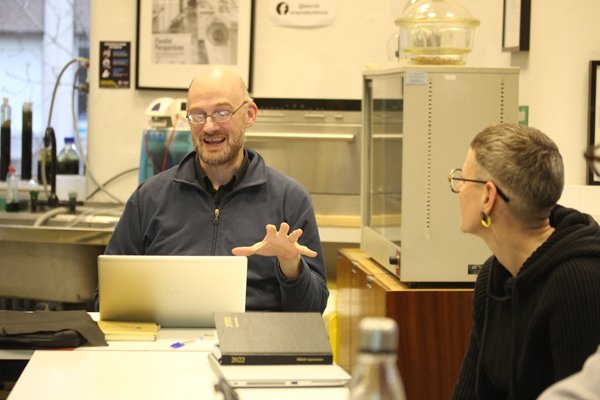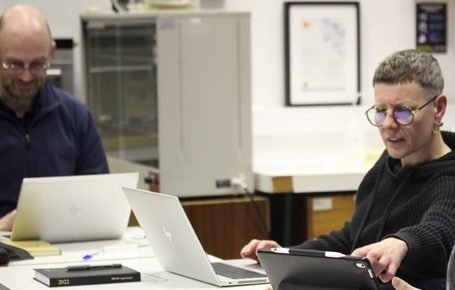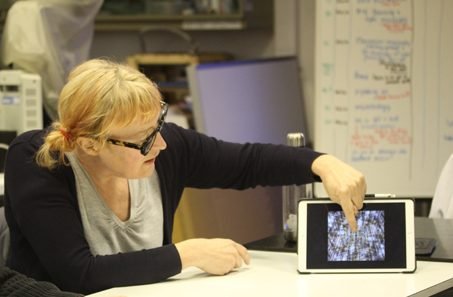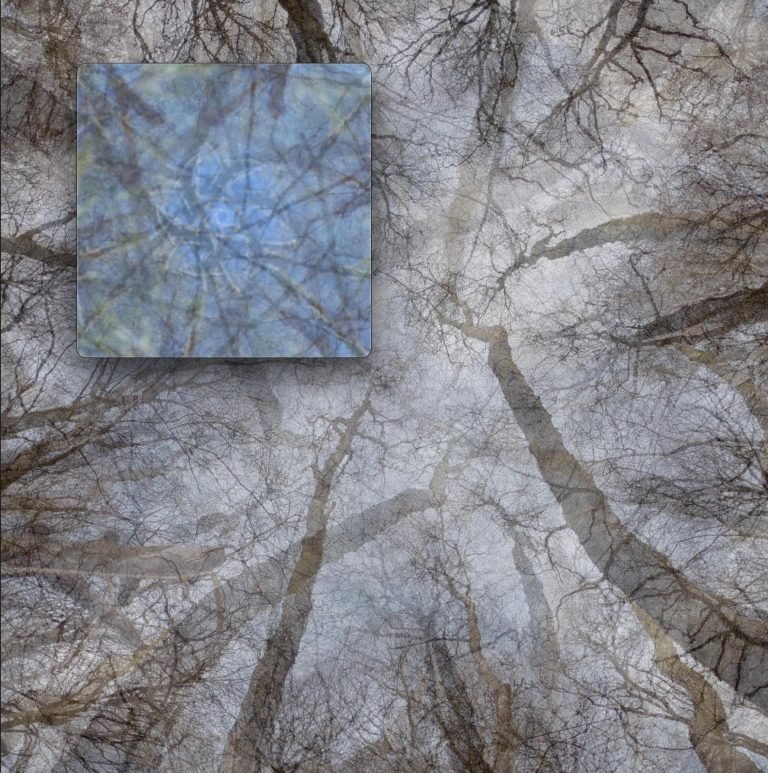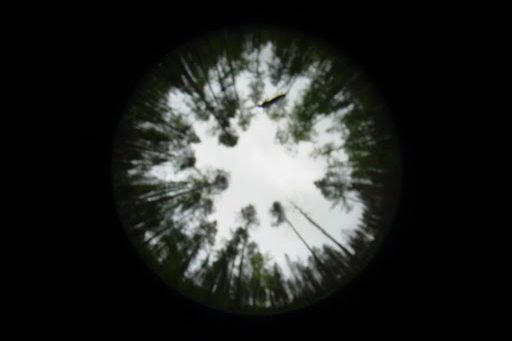Following the Noise: Interdisciplinary Conversations Shedding Light on Perspective
Satellite images provide data about the coldest regions on Earth. These are calibrated by measurements taken by snow scientists on the ground. These measurements are known as “ground truth”. But is there room for creativity when searching for truth? And how objective can any one perspective be?
Back in 2019, ASCUS hosted a “Snow Day”. A workshop for artists and designers to learn more about snow science research, the data obtained and how to interpret it. This led to some great conversations about snow science data and researchers Prof. Richard Essery and Dr. Cecile Menard wanted to continue the conversation to gather more information about different research approaches from an artist’s perspective. Enter contemporary artist, Victoria Evans. Due to her interest in scientific ideas around perception, measurement and representation, and how these influence cognition, ASCUS thought she would be the perfect fit for these conversations.
Conversations on data, research and perspectives between Prof. Richard Essery, Dr. Cecile Menard and Victoria Evans.
Tree canopies, mosquitos and kaleidoscopes
After presenting their current research and interests to each other, Richard, Cecile and Victoria found connections between research methods and approaches used in both disciplines.
“ [scientific] models are not reality but are a representation of reality that give us ways of thinking about it, whereas art is not reality but can be a representation of reality that gives us ways of thinking about it”
-Richard Essery
Image credit: Victoria Evans
In order to calibrate the satellite data with the “ground truth”, Richard and Cecile take hemispherical images of tree canopies (below) in order to measure the amount of sunlight reaching the ground which affects the ground temperature thus impacting snow melting time. These tree canopy hemispherical images inspired Victoria to explore these images creatively and by rotating and compiling the images she created beautiful geometric patterns reminiscent of looking through a kaleidoscope (above).
Interesting conversations about error, noise and data followed after the challenges of acquiring this type of data were mentioned. Something as small as a mosquito or raindrop on the camera can compromise a day of field work. They are considered “noise” to the snow scientists due to them blocking the visual on the tree canopy and would impact the data obtained by giving false indications of how much sunlight can reach the ground. Victoria was fascinated by this and wondered how the mosquito would perceive the forest with its compound eyes and comparatively tiny scale. The kaleidescopic images inspired by this question are a way of thinking visually about how the world might appear from multiple perspectives.
LEFT: Hemispherical image of the tree canopy to determine how much light reaches the ground that would affect the “ground truth” temperature. This image would not be able to be used as data due to the mosquito in the image.
RIGHT: Richard Essery lining up the shot for the hemispherical image.
The three researchers went on a field trip to Blackford Glen to collect data with different perspectives and Richard, Cecile and Victoria all took home something different from the trip. What emerged was the idea for the researchers to create something as a result of the conversations that they had. This has taken the form of a film exploring perspectivism in artistic and scientific data collection methods by Victoria, an animated video by Cecile exploring creativity in natural environment science careers aimed at school leavers, and a hemispherical video and photo collage showcasing data collection methods by Richard. We are hoping to showcase these films when they are complete in an immersive setting so watch this space!
“I think all researchers, from any field, would benefit from spending time with researchers in completely unrelated fields. It forces us to listen and use a different vocabulary. [It helps to] understand and to see our research from a different perspective, even if in the end, the perspective is not as different as one might assume.”
-Cecile Menard
The outcome of this collaboration is a fantastic example of how creative and scientific methods are not mutually exclusive. Cross-overs exist in the development of different types of projects, however the end goals are often different. Creative research can be open ended but Victoria describes it as “useful in its uselessness” as it allows one to see things from a different perspective. In any research practice the unexpected accidents, failure and errors could all be vectors for new discoveries should one be willing to follow the “noise”.
“For a scientist, having room to follow the noise and, perhaps, to fall upon an unknown unknown (which then becomes a known unknown) is essential to their research practice.”
-Cecile Menard
Looking through the kaleidoscope for different perspectives.
To get a first-hand perspective and learn more about this collaboration, visit Victoria’s research blog.

